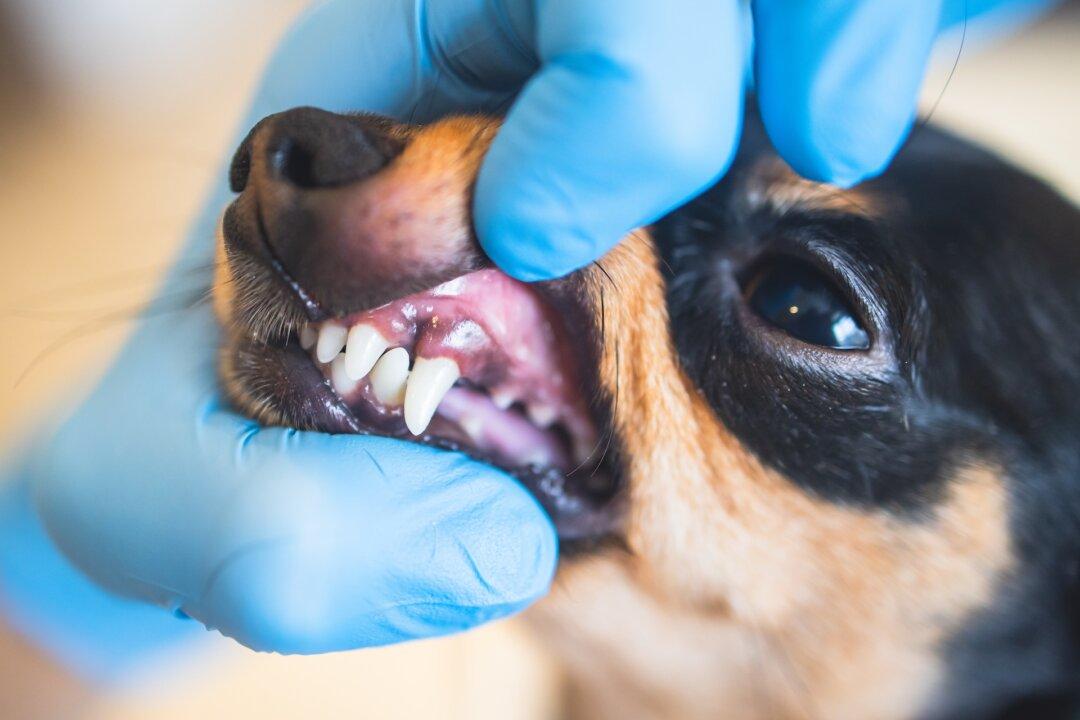Q: My veterinarian offers Lyme vaccination, but I’m uncertain whether I should have my dog vaccinated because none of the neighborhood dogs have developed Lyme disease. What do you think?
A: The answer depends on where you live, along with your dog’s breed, lifestyle, and health status. Therefore, your veterinarian is the best person to make a recommendation about your dog.





